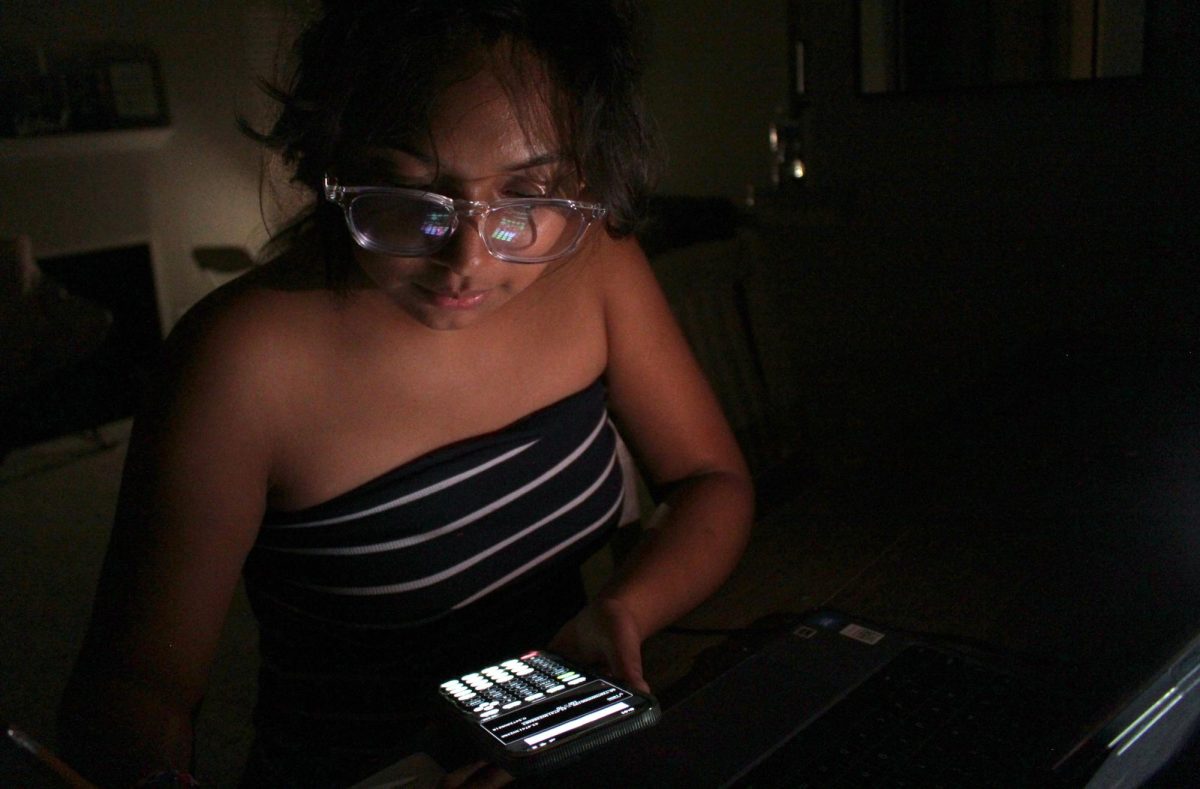One of the most disliked regulations in China, the one child policy, may soon come to an end. The China Development Research Foundation (CDRF), a top government think tank in China, has recently begun pushing for an end to the unpopular policy. Its proposal would allow couples to have two children by 2015 and by 2020, rid all quantitative restrictions on the number of offspring produced.
“I can see both the pros and cons of the policy,” senior Kimberley Yu said. “Overpopulation is a problem but if you don’t have enough working people to support the older generation there’ll be economic problems.”
The policy was initiated in 1978, designed to lessen the negative effects of overpopulation as well as address economic and social problems. Since its introduction, Chinese authorities claim 400 million births have been prevented. China’s fertility rate has dropped to 1.5 children per woman, as opposed to the worldwide rate of 2.7 children per woman, meaning each successive generation’s population will be 30 percent smaller than the previous one.
“The effects have been to some extent, positive, because they have lowered population rates,” senior Stephanie Kubota said. “But they have no right to tell people what to do with their bodies.”
The policy has inspired higher frequencies of forced abortions, sterilization and female infanticide. Another unintended consequence is the huge gender disparity; for every 100 females, there are 117 males. Negative results have also appeared in the forms of higher administrative costs, social conflict and an aging population, which perhaps presents the biggest problem. The old-age insurance, retirement, medical care and income tax systems will not be able to adapt to fit the needs of an aging society, and the number of people of working age will drop. The 4-2-1 problem also poses a challenge; each child will have to care for two parents, as well as four grandparents.
“I think an end to the policy would be good,” junior Shreyas Chaturvedi said. “I don’t think there should be a restriction to how many children you can and can’t have.”








